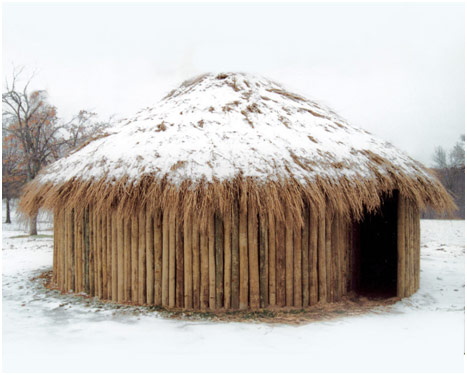
Our Chickasaw ancestors first encountered Europeans in December 1540 when Spanish explorer Hernando de Soto and his company of conquistadors arrived in our Homeland. Although the Spanish were eventually defeated and driven from our territory, the encounter represented the beginning of great change east of the Mississippi River.
These European nations found themselves dependent upon the Southeastern Indians for greater military protection against warring nations and to aide in their efforts in developing colonies throughout the Southeast. However, the British, French and Spanish armies all witnessed first-hand the ferocity and strength of the Southeastern Indians who could, if needed, overtake the Europeans through Southeastern strategies of military warfare. Chickasaw trade relationships with European nations were exclusively and strategically planned to acquire the non-Indian supplies and resources our warriors and families desired.
Chickasaws have always been quick to fight to protect our people if necessary. Chickasaw warriors repelled overwhelming combined forces of French and Indians during the 1730s. This greatly weakened the French Empire’s plan to link its northern boundaries in New France to its southeastern colony of Louisiana, which included the critical port city of New Orleans and control of the Mississippi River. The Chickasaw Nation, a powerful and dynamic warrior nation, allied over the years with various European nations, most notably with the British during the French and Indian War (also known as the Seven Years’ War).
With the expansion of the United States, European settlers flooded into Indian lands. This led to land cessions that reduced Chickasaw ancestral domain to only the northern part of Mississippi. Continued disrespect and forced treaty signings for tribal holding of lands eventually led to the U.S. Congress passing the Indian Removal Act in 1830. This act negatively impacted Chickasaws and other Southeastern Indians who were forcibly removed from their homelands.
Videos
First Encounter Chickasaw Archaeology and European Contact Presentation